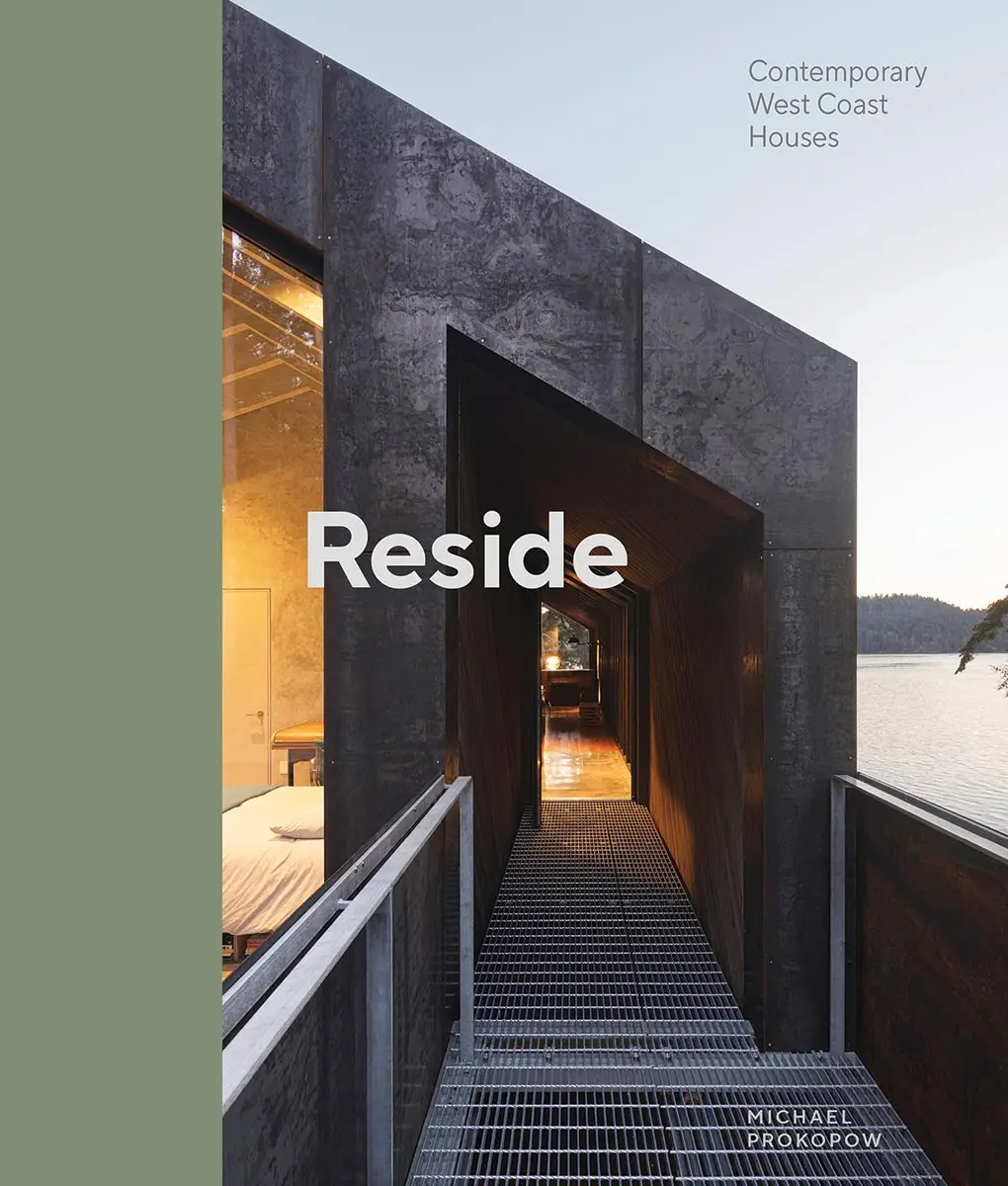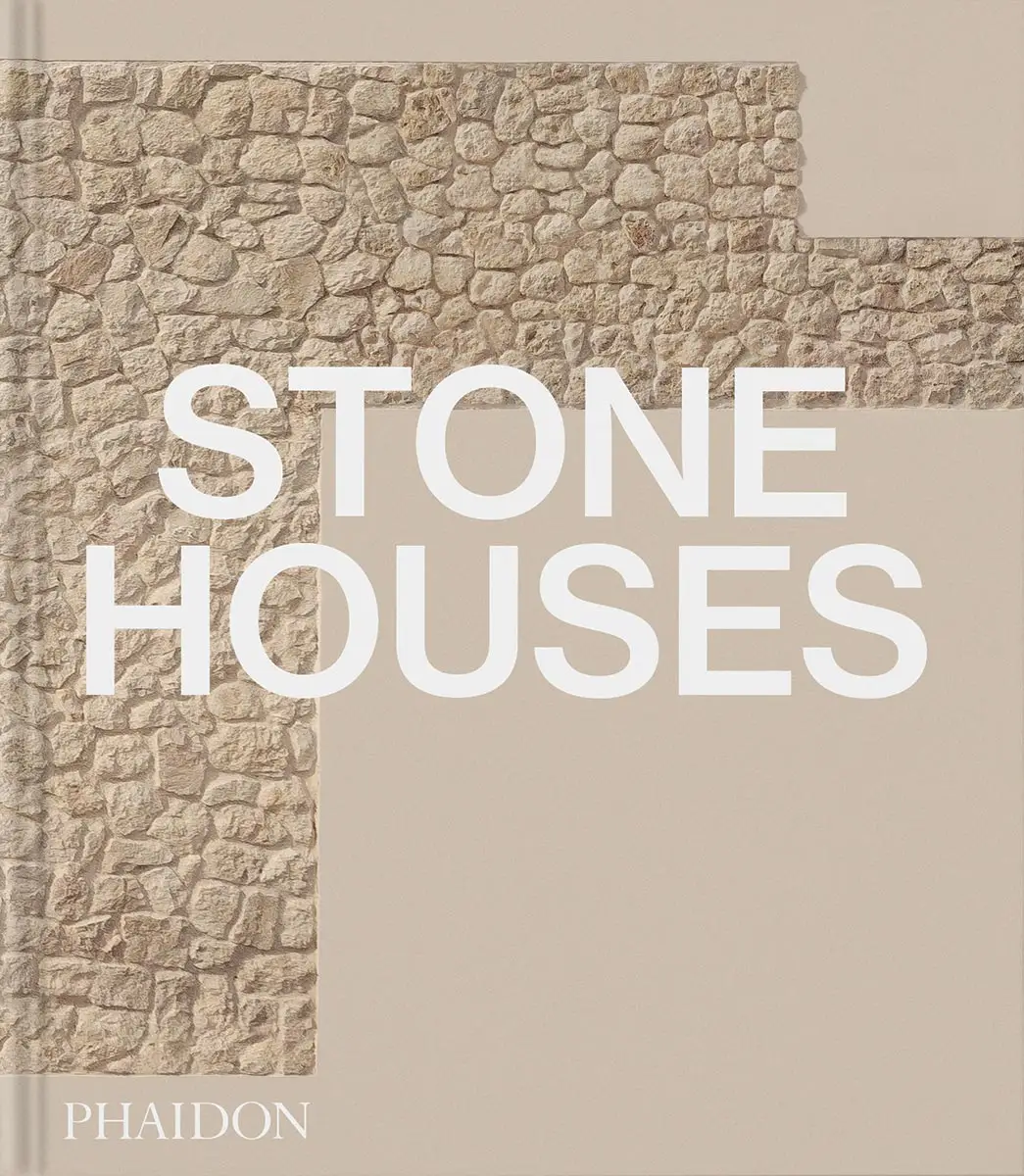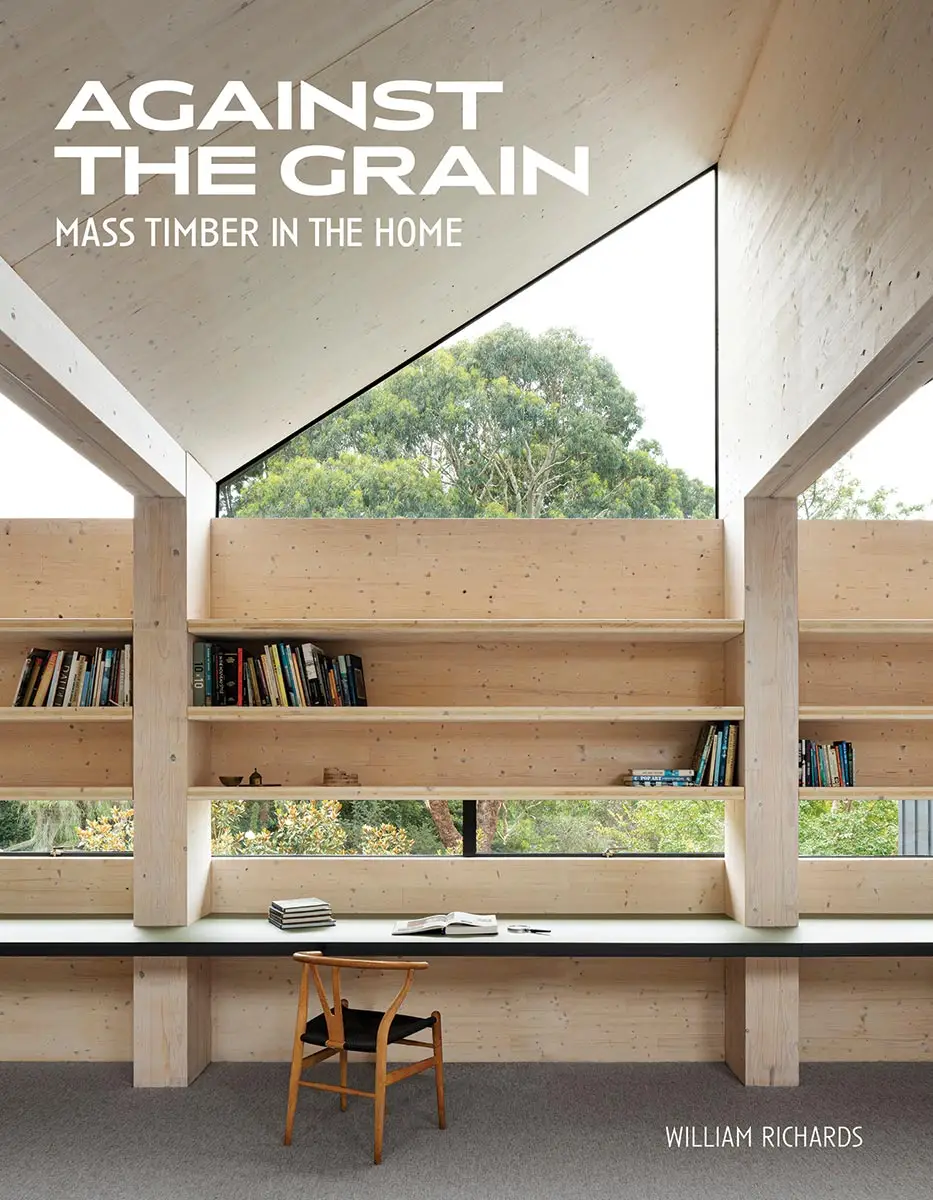Books
The Editors Round Up Notable Books on All Things Domestic

Eleven new titles explore residential design—from sustainable strategies and building materials to historical accounts and monographs by seasoned house architects.
The Edith Farnsworth House: Architecture, Preservation, Culture,
by Michelangelo Sabatino. Contributions by Scott Mehaffy, Dietrich Neumann, Ron Henderson, and Hilary Lewis. Monacelli, 256 pages, $75.

Few houses are as iconic as the one Mies van der Rohe designed for nephrologist and arts patron Edith Farnsworth in Plano, Illinois. On the occasion of the 20th anniversary of this masterwork’s bequest to the National Trust for Historic Preservation, Michelangelo Sabatino not only thoroughly charts the proliferation of the house’s image in architectural glossies, history books, and culture writ large—but he also figuratively brings the client, overlooked as an intellectual match to her architect, back to life. The wide-ranging array of ephemera, photographs, and drawings—handsomely presented—will surely impress archive-obsessed readers too. Leopoldo Villardi
The New Modernist House: Mid-Century Homes Renewed for Contemporary Living,
by Patricia Callan. Thames & Hudson, 280 pages, $60.

The heyday of Modernism was over half a century ago. Although buildings of that era represented the cutting edge at the time of their construction, they are, in many cases, approaching old age. The New Modernist House, authored by Patricia Callan, examines 21 midcentury houses across Australia that have been painstakingly restored and renewed by homeowners, architects, and enthusiasts alike. In so doing, the volume also reveals the work of lesser-known designers such as Ernest Fooks, Anatol Kagan, and Alistair Knox. Matthew Marani
Reside: Contemporary West Coast Houses,
by Michael Propokow. Figure 1 Publishing, 240 pages, $35.

While its geographic scope is (mercifully) more limited than its subtitle might imply, Reside covers a vast amount of ground within Canada’s British Columbia, from greater Victoria and the Gulf Islands to Vancouver and the Kootenays. The book’s 34 projects—organized by context—showcase a “striking diversity of ideas, solutions, compositional strategies, and material palettes, which collectively reflect the conditions of contemporary settler residential design in the province,” writes Michael Propokow. Matt Hickman
Houses Natural/Natural Houses,
by Philip Jodidio. Rizzoli, 304 pages, $65.

This globe-spanning compendium spotlights 51 homes that “return to nature”—that is, sustainable, small-scale residences that exist harmoniously within unspoiled and often remote landscapes. Touching down in locales ranging from Nicaragua to Norway, Tasmania to Joshua Tree, are: projects by the expected firms (for example, Olson Kundig and Snøhetta); a number of Antipodean architects (such as Sean Godsell and John Wardle); and a smattering of Design Vanguards, including Thailand’s Sher Maker (2024) and Chile’s Max Núñez (2017), whose House in the Trees is featured in the September issue. MH
The Well-Designed Accessory Dwelling Unit: Fitting Great Architecture into Small Spaces,
by Lydia Lee. Foreword by Barbara Bestor. Schiffer Publishing, 176 pages, $35.

In The Well-Designed Accessory Dwelling Unit, author Lydia Lee investigates this increasingly popular housing typology, profiling 16 structures from across North America. Encompassing additions to existing houses, converted garages, and new detached structures, the book covers both site-built and prefab approaches. With helpful tips, such as how to check if a jurisdiction allows ADUs, and highlights on space-saving strategies, it is clearly targeted to a lay audience. However, the selection of inventive formal solutions, from a geode-like writing studio to a red stucco–covered volume with an off-kilter roof, will make this book enjoyable and instructive for architects as well. Joann Gonchar, FAIA
The Henry Clay Frick Houses: Architecture, Interiors, Landscapes in the Golden Era,
by Martha Frick Symington Sanger. Foreword by Wendell Garrett. Monacelli, 312 pages, $85.

Elsie de Wolfe observed that the story of houses is the story of life. Sanger, great-granddaughter and biographer of Gilded Age industrial tycoon Henry Clay Frick, tells the tale of her formidable family by profiling its domestic architecture, from art-filled urban dwellings to sprawling country retreats. Amply illustrated with 300 archival photographs and drawings, this reprint of Sanger’s 2001 book coincides with the upcoming reopening of the Frick Collection, now one of America’s most celebrated house museums. Molly Heintz
Peter Marino: Ten Modern Houses,
by Peter Marino. Introduction by Pilar Viladas, with contributions by Sam Lubell. Phaidon, 272 pages, $150.

Don’t judge a book by its cover. Ten Modern Houses—square in format with bold type and inked book edging—unfolds with a series of residences that are more opulent than readers might expect from its title or, for that matter, from an architect known for his biker getup, often togged in leather from head to toe. Peter Marino’s latest monograph showcases nine completed works from the last decade, while five more, all on the boards, vie to be the titular 10th. Sketches introducing each project, drawn with heavy black strokes, add a fitting personal flair. LV
Houses: Vo Trong Nghia & the Work of VTN Architects,
by Vo Trong Nghia. Oscar Riera Ojeda Publishers, 320 pages, $75.

VTN Architects, founded in 2006 by Vo Trong Nghia, lays out its intimate theory of green architecture—rooted in Buddhist principles and hyperlocal practice—in this photo-packed monograph with 15 projects, all in the firm’s home turf of Vietnam. Lushly planted and naturally ventilated raw-concrete houses are presented as antidote to, and respite from, the social and environmental ills associated with modern urban living. Pansy Schulman
Architecture of Place: Bates Masi + Architects,
by Paul Masi. Introduction by Pilar Viladas. Oro Editions, 304 pages, $65.

Bates Masi + Architects is plenty familiar with the Hamptons—for over half a century, the firm has designed scores of houses across its sand-specked and wooded landscapes. This monograph surveys recent work, which is often rooted in place with site-specific massing strategies and a vernacular material palette. Over some 200 pages of photographs and drawings (plans, sections, and details), readers garner a comprehensive look at the firm’s methodology. MM
Stone Houses.
Introduction by Tessa Pearson. Phaidon, 240 pages, $50.

Stone, the erstwhile go-to building material, sometimes deemed stodgy or standing in opposition to contemporary design, is undergoing a reappraisal. This hefty volume, curated by the editors of publishing giant Phaidon, surveys 50 projects from more than 20 countries that highlight exceptional applications of stone, from landmarks including Fallingwater to Portugal’s boulder-straddling Casa Do Penedo, designed by engineer Leonel Marques Rodrigues. MM
Against the Grain: Mass Timber in the Home,
by William Richards. Foreword by Jennifer Castenson. Schiffer Publishing, 192 pages, $50.

Mass timber has received much attention for its promise as a low-carbon replacement for steel or concrete, especially in tall or large buildings. But Against the Grain takes a different tack, instead exploring the material’s environmental and aesthetic potential at a smaller scale in 12 single-family houses and modestly sized housing projects. Perhaps unsurprisingly, given the perceived risks that surround the still-nascent construction system, half of the featured buildings are the designers’ own residences or structures for which the architect doubled as developer. As Jennifer Bonner is quoted saying regarding the multi-peaked dwelling she built for herself in Atlanta, “Nobody was going to call me and ask for a CLT house, so I had to do it myself.” JG


.jpg?height=200&t=1718843473&width=200)
